
Chang Jian, a Barclays economist, said the country's efforts to diversify export destinations paid off.
"2012's slowing exports to major economies, Europe in particular, were offset in part by strong shipments to some emerging markets," Chang said.
China's exports to members of the Association of Southeast Asian Nations, its third-largest trading partner, expanded 20 percent last year, benefiting from a free-trade agreement.
Exports to Russia, South Africa, Australia and Canada all grew more than 10 percent.
Zhou Hao, an economist at Australia & New Zealand Banking Group Ltd, said the trade surplus had surprised the market.
"A large surplus continues to support currency appreciation," Zhou said. "The yuan spot rate remained sticky around 6.22 per US dollar in the past few weeks. As there have been strong US dollar selling pressures since the fourth quarter of 2012, the central bank had to intervene aggressively to maintain a steady yuan exchange rate."
Zhou said this in turn would lead to increased foreign exchange reserves in the coming months.
Qu Hongbin, chief economist for China at HSBC Holdings Plc, said China's December exports were stronger than expected, but may be hard to sustain.
"Export growth was lifted by improving US demand and stabilization of eurozone demand," Qu said.
"With external headwinds still ahead, the current strong rally of exports growth will likely be hard to sustain."
Qu said China's recovery will have to rely on domestic demand, which continues to recover as evidenced by December's imports growth.
China announced a batch of measures last September which helped to stabilize trade.
The measures, introduced after a survey of traders, included scrapping fees for Customs' supervision, the acceleration of paperless clearance and improvements to a hotline service.

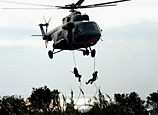
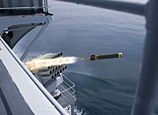


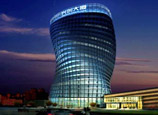

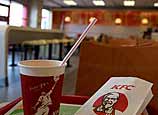

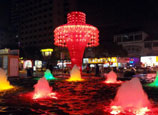







 A web user recently posted a photo of a twisted building in the suburb of Beijing, calling it "Tower of Large Intestine".
A web user recently posted a photo of a twisted building in the suburb of Beijing, calling it "Tower of Large Intestine".


![]()
